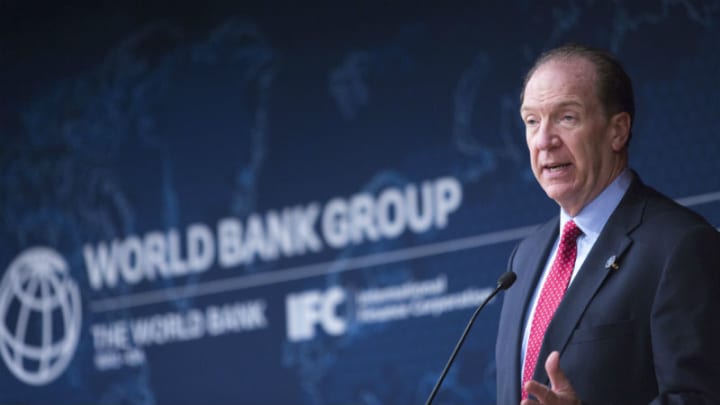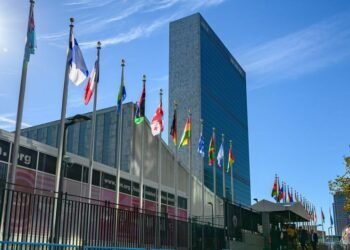With about a decade left to meet the 2030 deadline of the Sustainable Development Goals (SDGs), the COVID-19 pandemic has heightened fragilities of the progress countries have made towards the achievement of the SDGs.
In this context, the World Bank Group has announced an ambitious target for 35 percent of its financing to accelerate countries’ climate actions over the next five years. This target takes the place of an earlier target of reaching 28 percent of financing by 2020, which has been in place for the past five years.
The World Bank’s twin financing institutions- IBRD and IDA will also ensure that 50% of the total financing will be used to support adaptation and resilience. It is worthy to note that the World Bank Group has made mention of several other commitments aside these two to help developing countries address climate change and adapt to its increasing impacts.
The President of the World Bank Group, David Malpass acknowledged in a very profound sense that, “Climate change presents critical challenges to our development efforts”.

“The poorer countries suffer most from climate events- including flooding, droughts and food insecurity. In addition to increasing our climate financing, we’re working to achieve country outcomes that reduce greenhouse gas emissions and a successful transition lower-carbon development.”
President of World Bank Group, David Malpass
As the biggest multilateral funder of climates investments in developing countries, the World Bank Group established the 28 percent target to be reached by 2020 as part of the Bank’s First Climate Change Action Plan for the first five years, 2016 to 2020. The second tranche of financing is the 35 percent average co-benefits target which forms the Second Climate Change Action plan.
Yet, the Bank Group has already exceeded its target of 28 percent of its financing in climate-related support for the second year in a row, reaching 30 percent for 2019 fiscal year. According to the World Bank Group, this is in total of roughly $17.8 billion.
Between 2016 and 2020, Bank Group institutions- the World Bank, IFC, and MIGA provided over $83 billion in climate financing to developing economies. This translated into adding 34 GigaWatts of renewable energy and early warning systems for millions of people in over 50 countries, including other positive development outcomes.
Country commitments to climate actions have the potential of unlocking new economic opportunities and jobs. By investing in resilient infrastructure in developing countries could deliver $4.2 trillion over a long period of new infrastructure. Thus, an investment of $1, on average, yields $4 in benefits. A shift to low-carbon, resilient economies could create over 65 million new jobs globally by 2030.
According to the Bank Group, about US$90 trillion is required by 2030 to be able to make significant investments in climate infrastructure over the next 15 years. This kind of investment need not be shoved under the carpet under the guise of the cost attached, since the opportunity cost of disinvesting in climate change mitigation or adaptation is a bad bargain for future generations.
READ ALSO: A New Climate Change Adaptation and Resilience Strategy- World Bank Report






















